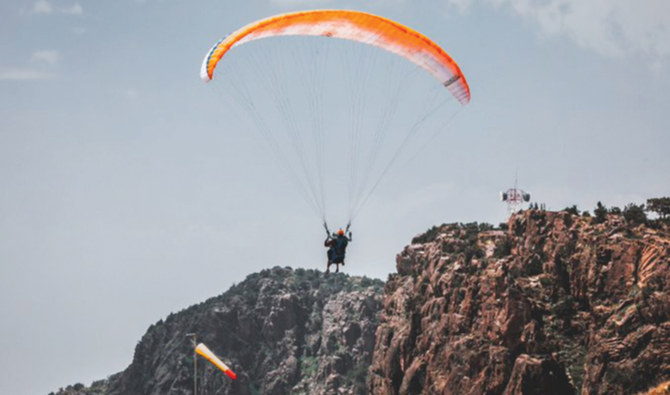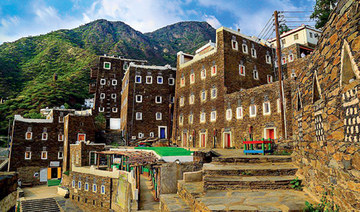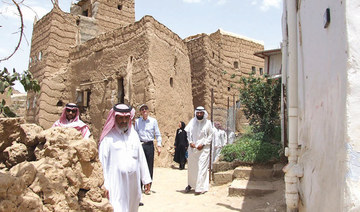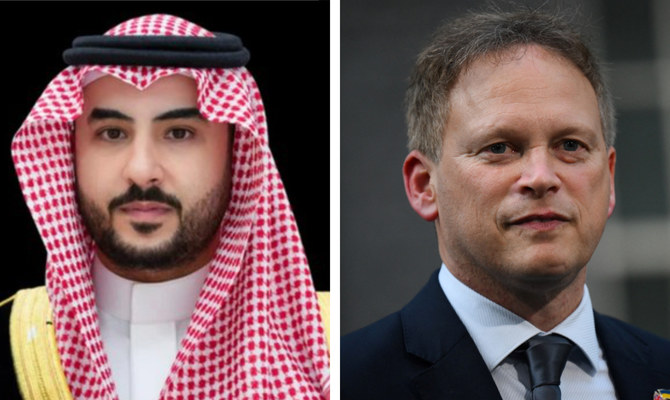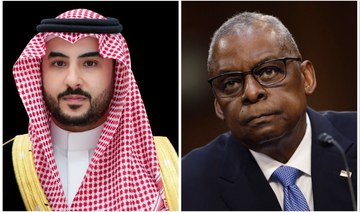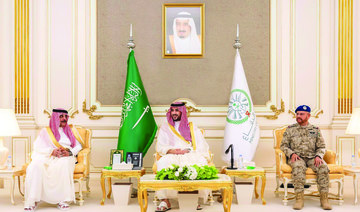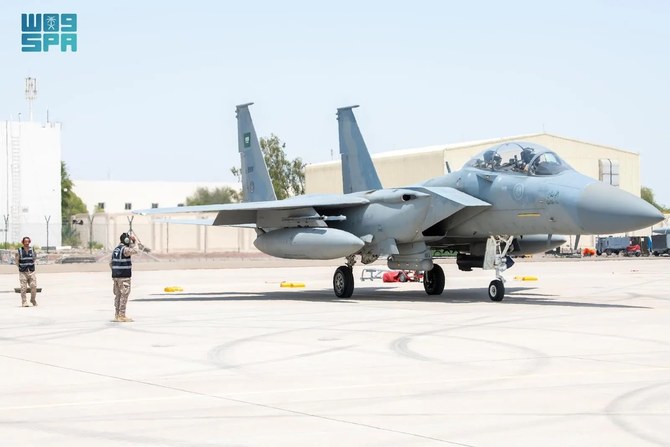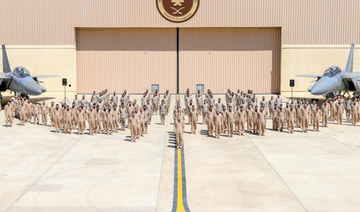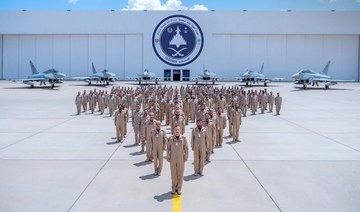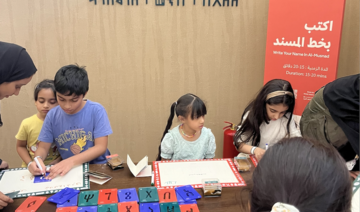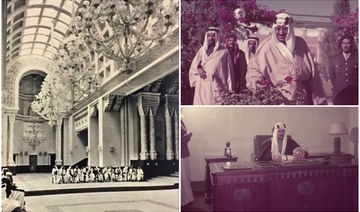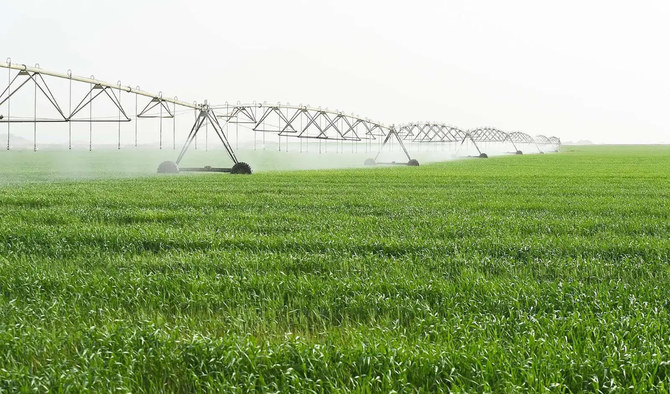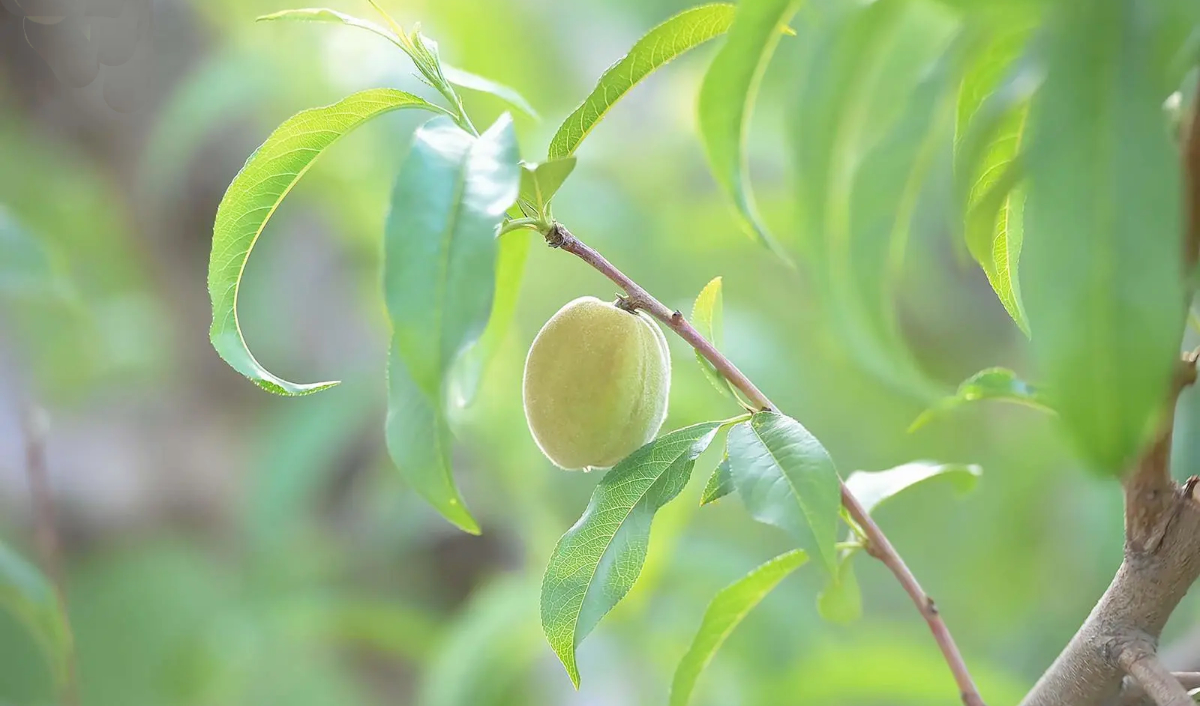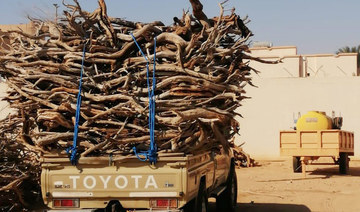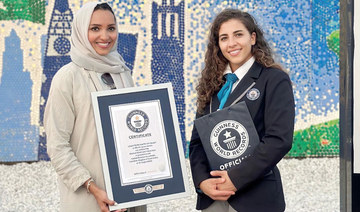AL-SOUDAH: Asir province has the potential to become a hotspot for international tourism, according to bloggers who were impressed by the events and activities on offer at Al-Soudah Season. Joshua Van Alstine, who shot to fame in Saudi Arabia with his YouTube videos, said the public and private sector were taking advantage of the area’s potential and would develop it to accommodate demand.
Van Alstine and his wife, who hails from the southwestern city of Tanomah in Asir, were driving to Abha from Riyadh and were invited to explore Al-Soudah Season.
“I loved it, I am so glad I accepted the invitation,” he told Arab News. “The best part of visiting Al-Soudah was trying out the bungee jumping.”
He also met his wife’s relatives. “We had dinner with them, they came to visit us in Al-Soudah and I gave them a tour and they really liked it. They could not believe this was happening in the region and I could not either. This is something so special, even as an American and we have had these events for years back home, this to me is something incredibly special.”
Al-Soudah has other attractions for thrillseekers in addition to bungee jumping. There is a ropes course, a slingshot, paintballing and paragliding.
Slightly more leisurely activities include trekking, cycling, enjoying performances of a local dance, and learning more about the distinctive traditions of the region’s Flower Men, a tribal group famous throughout the Kingdom for their floral crowns who live high up in the mountains.
I loved it, I am glad I accepted the invitation. The best part of visiting Al-Soudah was trying out the bungee jumping.
Joshua Van Alstine, YouTuber and blogger
“They did a great job,” said Van Alstine. “I am sure they had a lot of challenges moving up and down the mountain area into that valley. There are not that many places where you can walk into a town and see people singing, dancing and that is what happened when we visited. We walked into this old school village and people were laughing, dancing and the smell of food ... it was kind of like a barbeque.”
Travel blogger Paris Verra, who also visited Al-Soudah, said the region’s people were hospitable and welcoming. “The place is unreal, the beauty is just incredible,” she told Arab News. “Coming here I feel safe and there are many misconceptions of coming to Saudi Arabia. If people would open up there are so many great things about this country in general, especially in this region.”
Verra experienced four seasons in one hour. “I mean, it was like eating lunch in the clouds. Then there was rain, then there was thunder, and then clear blue sky ... and the Flower Men festival is on a whole different level.”
Al-Soudah Season runs until the end of the month and its programs are held across seven locations. The main area, called The Hub, is suitable for families. There is also the Kids Zone, where the Prince Mohammed bin Salman bin Abdul Aziz Foundation is holding educational workshops at the House of Qatt.
It is one of 11 festivals being held across the Kingdom to promote the country as a global tourist destination.
It also seeks to contribute to achieving goals within the Kingdom’s Vision 2030 reform plan, which aims to improve the quality of life, raise living standards, and create career and investment opportunities in Saudi Arabia.







